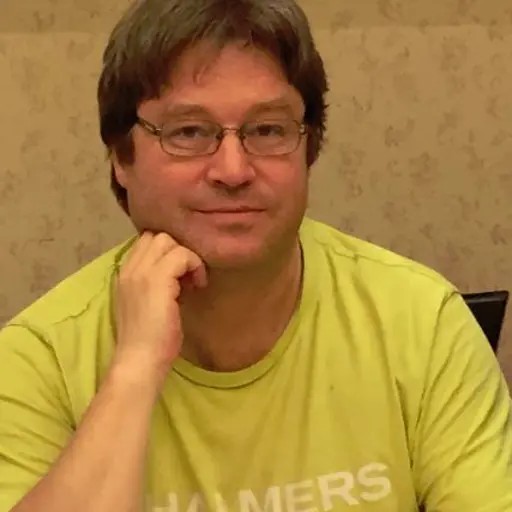Investigation of Circulating Currents in Delta Connected PMSM - A Combined Analytical and Numerical Approach Considering Rotor Design
Översikt
- Datum:Startar 28 mars 2024, 14:00Slutar 28 mars 2024, 15:00
- Plats:
- Språk:Svenska och engelska
Conducted at Volvo Group GTT supervised by Rasmus Andersson and Zhe Huang
Opponents: Carl-Adam Ryeskog & Hazim A Novljanin
Abstract
Triplen harmonics are a key concern in delta connected machines, primarily because they lead to circulating currents which decreases the efficiency of the machine. This thesis presents a comprehensive analysis, employing both analytical and numerical methods, to enhance the understanding of triplen harmonic generation in relation to rotor design. Specifically, the study focuses on a delta connected double-layer in- terior permanent magnet synchronous machine (DIPMSM), where the phenomena of circulating currents are analyzed as a consequence of the triplen harmonics in the generated flux linkage.
In the study, eight rotor parameters were thoroughly investigated individually, in pairs and through interconnected influence on the circulating currents. The parametric research was conducted numerically in Ansys Maxwell. It was concluded that the arc angles and the inner extension spacing length were the most significant parameters with respect to the third harmonic current amplitude.
Furthermore, the study identified the iron core saturation as having the greatest impact on the amplitude of the circulating currents. This was found due to the reason of the specific third harmonic enhancement with increasing levels of saturation. Spectral analysis was employed to break down current harmonic components in the delta loop, leading to the construction of an optimization strategy for minimizing circulating current based on rotor parameters. The optimal rotor design reduced the third harmonic by 95.5% in no-load conditions and 5.7% in maximum load condition, highlighting that the saturation effect inducing the third harmonic cannot be eliminated by optimal rotor parametric alignment.
Welcome!
Emil, Gustav and Torbjörn
